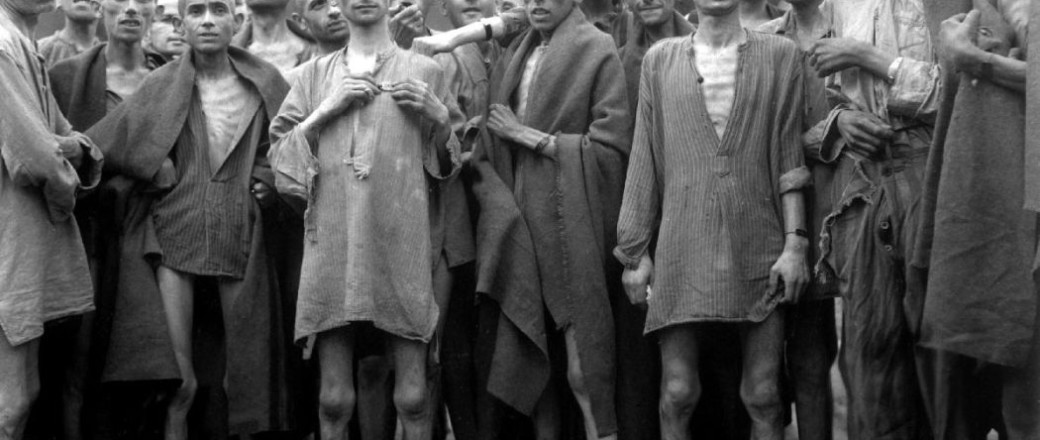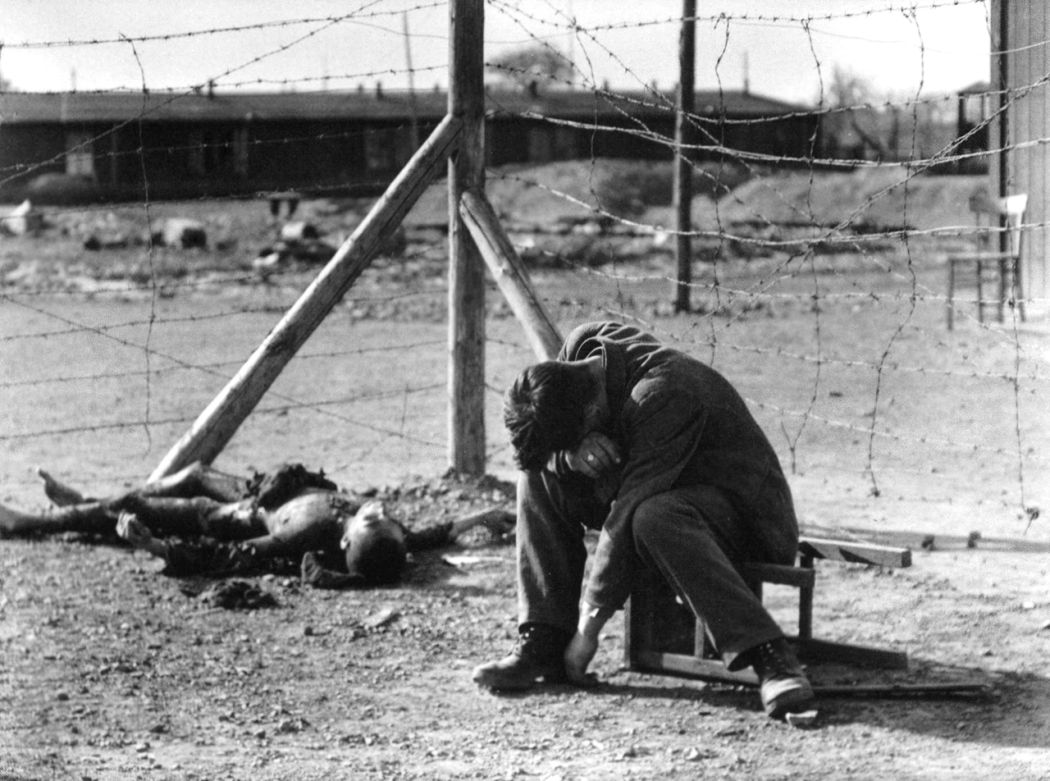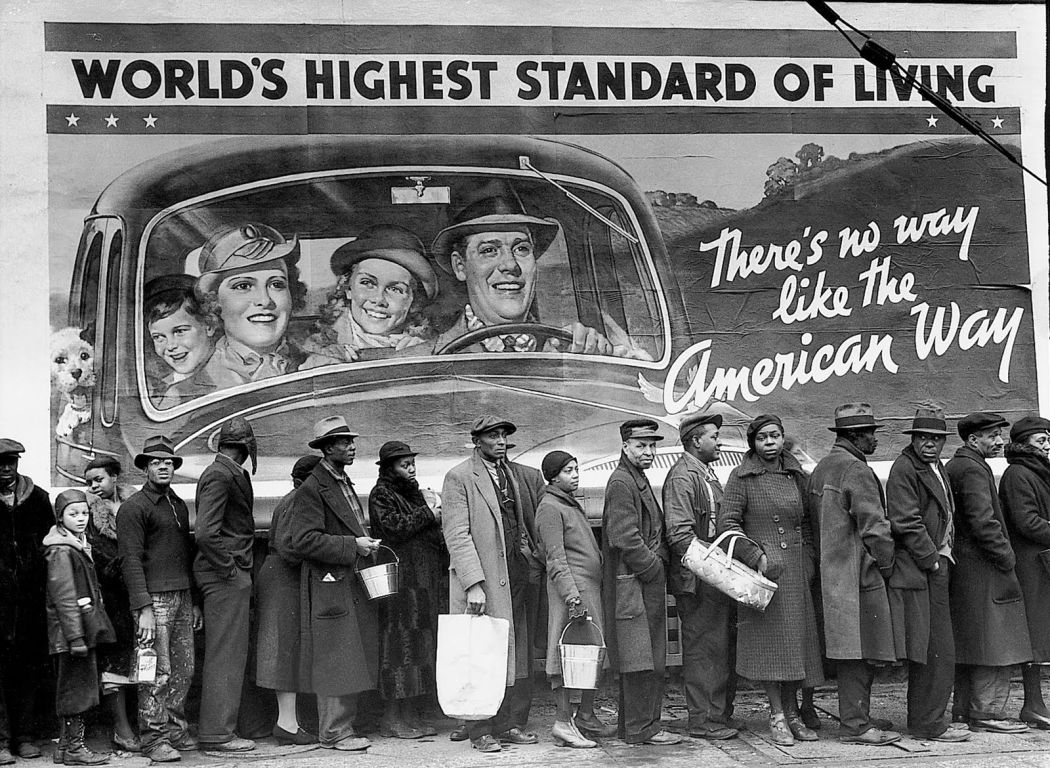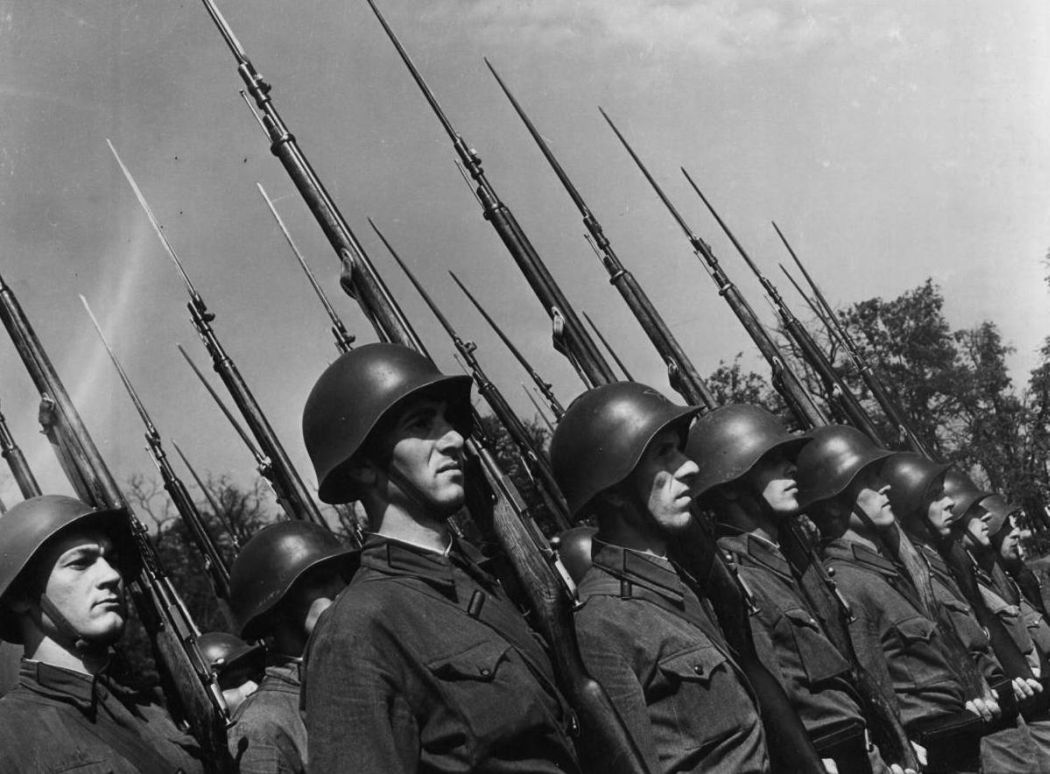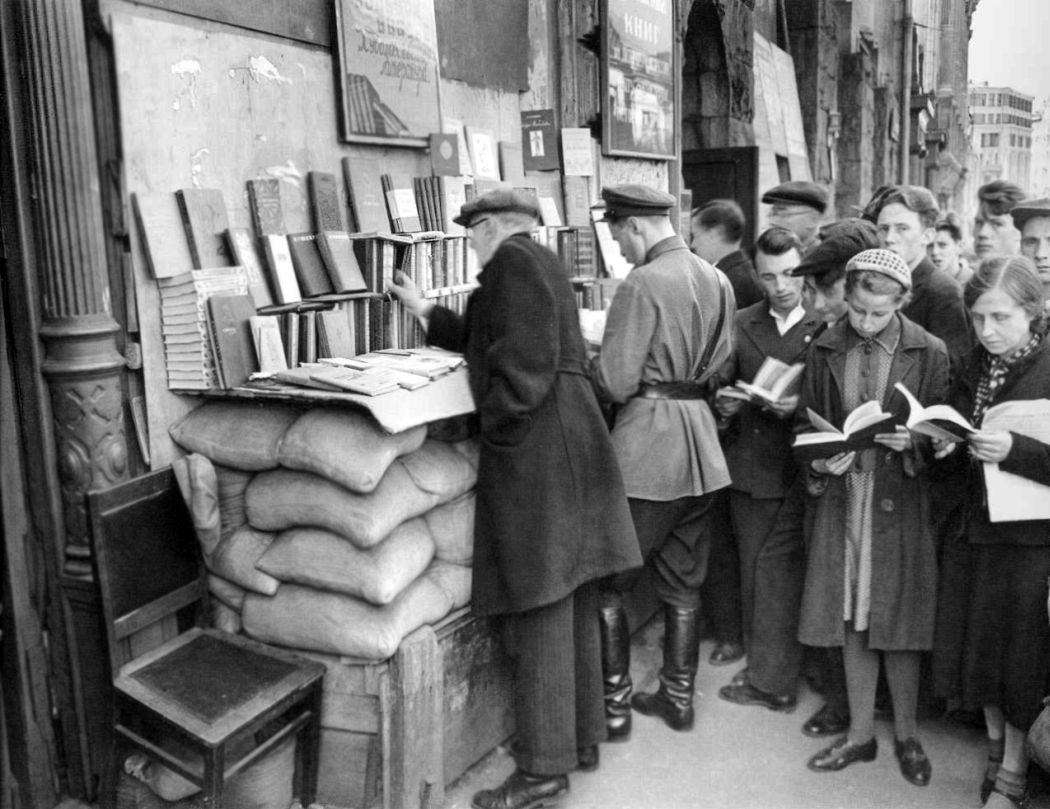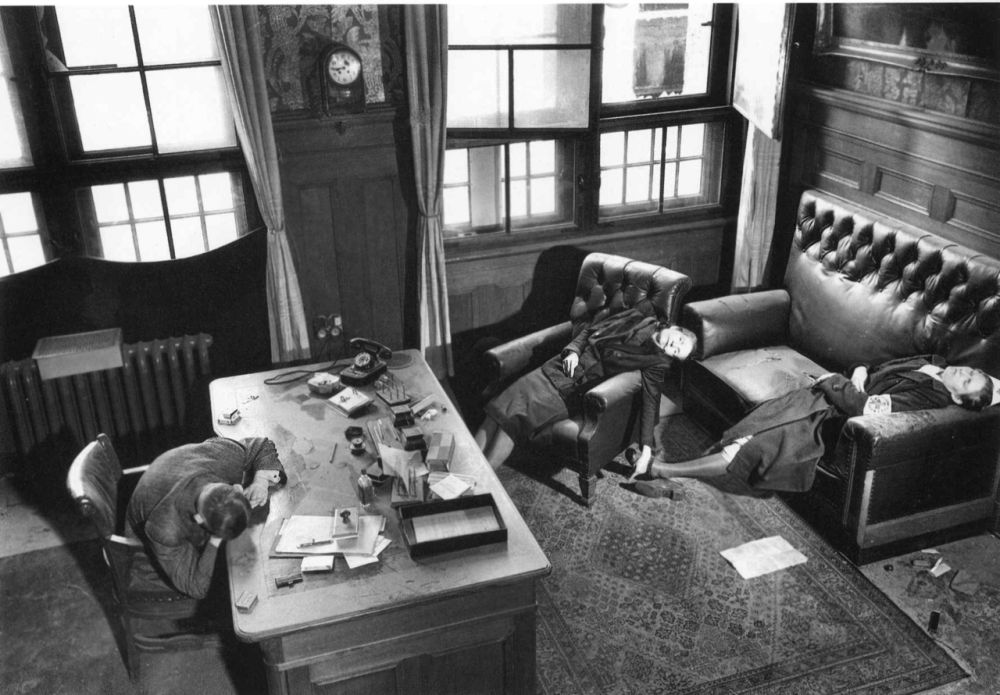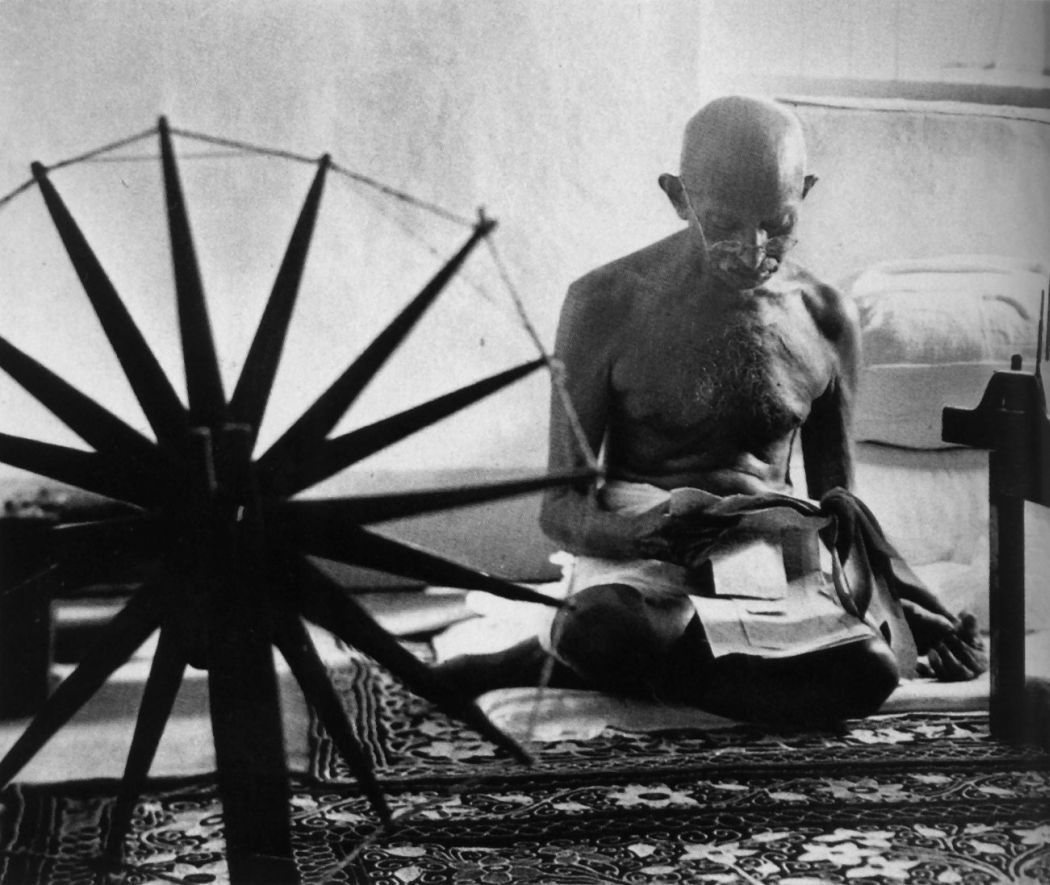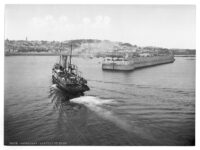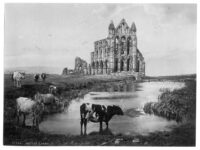Margaret Bourke-White (1904 – 1971) was an American documentary photographer. Margaret Bourke-White was one of the most famous and most successful photographers of her time.
Her combination of intelligence, talent, ambition, and flexibility made her an ideal contributor to the new group journalism that developed during the thirties. Bourke-White was already noted as a photographer of industrial subjects when she joined the staff of Fortune magazine in 1929 at the age of twenty-five. When Life magazine began publication in 1936, she escaped her industrial specialty and became a distinguished member of that select, glamorous, peripatetic, group of photographers who witnessed almost everything (in passing), and photographed it for an audience of millions.
During her career at Life she photographed both Joseph Stalin and Mohandas Gandhi, and a good sampling of what lay between. Bourke-White had an excellent sense of simple, poster-like design, and a sophisticated photographic technique, both perhaps the legacy of her apprenticeship in the demanding field of industrial reportage. She was excited by the new opportunities presented by photoflash bulbs, which made possible clear and highly detailed pictures under circumstances that would otherwise have been difficult or impossible for photography.

